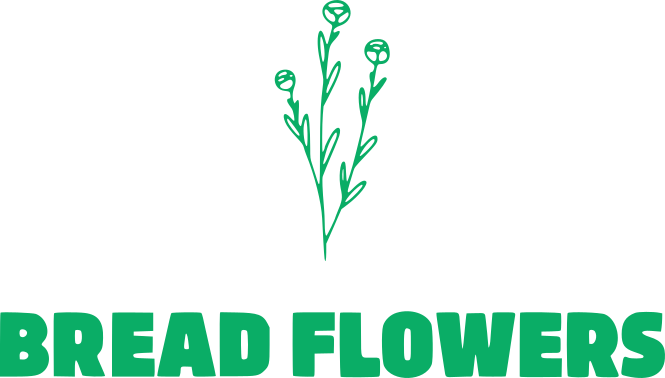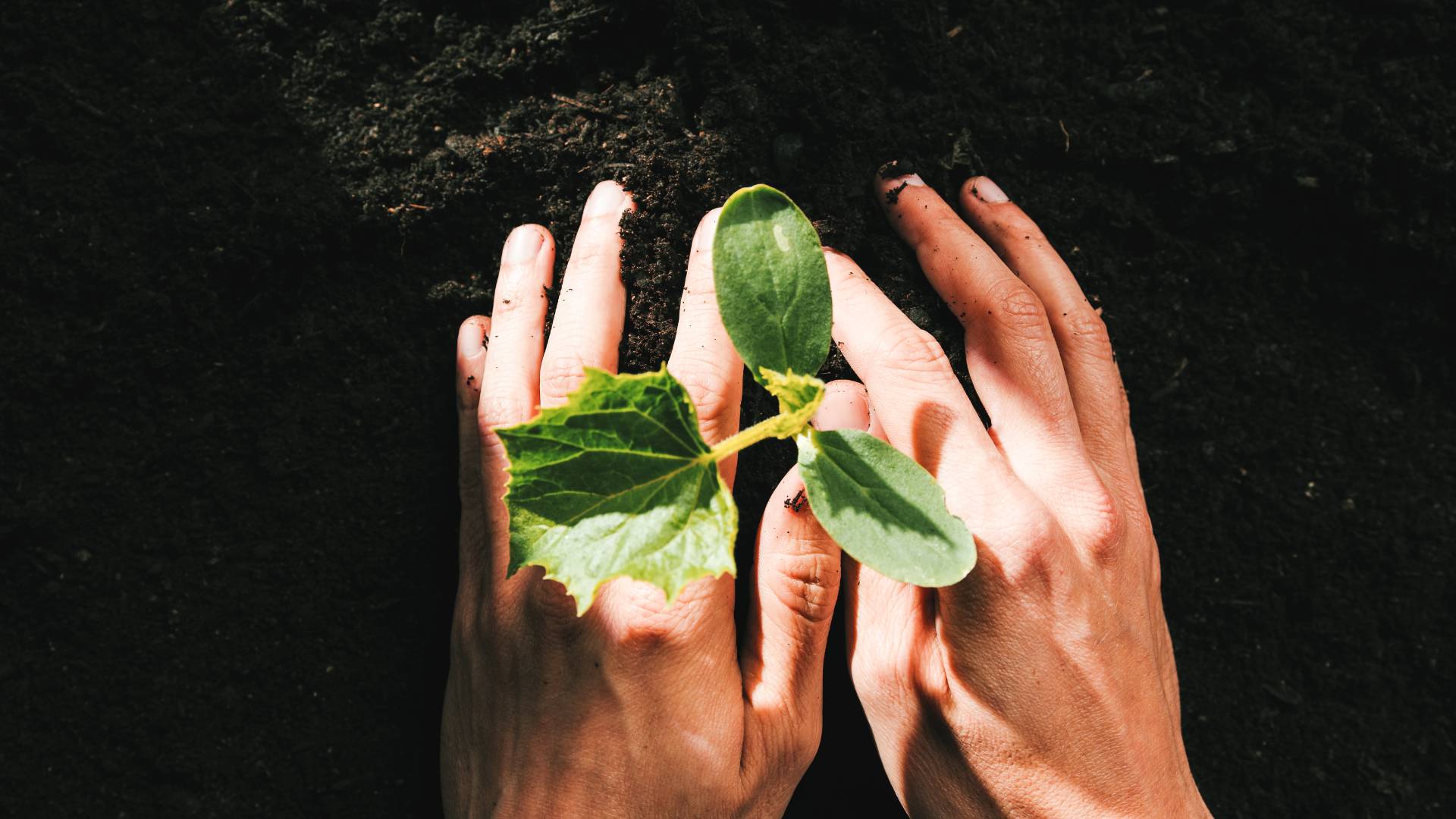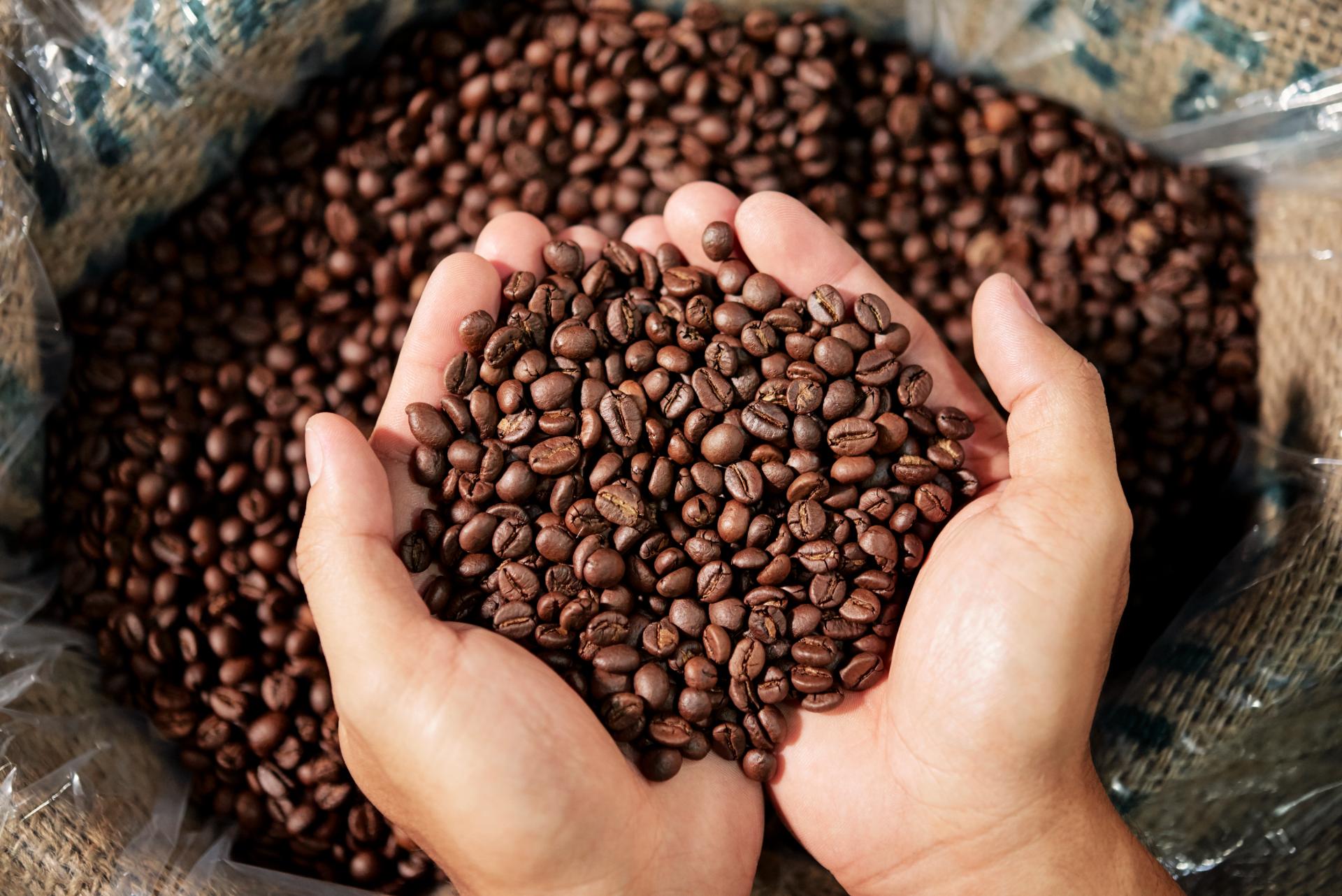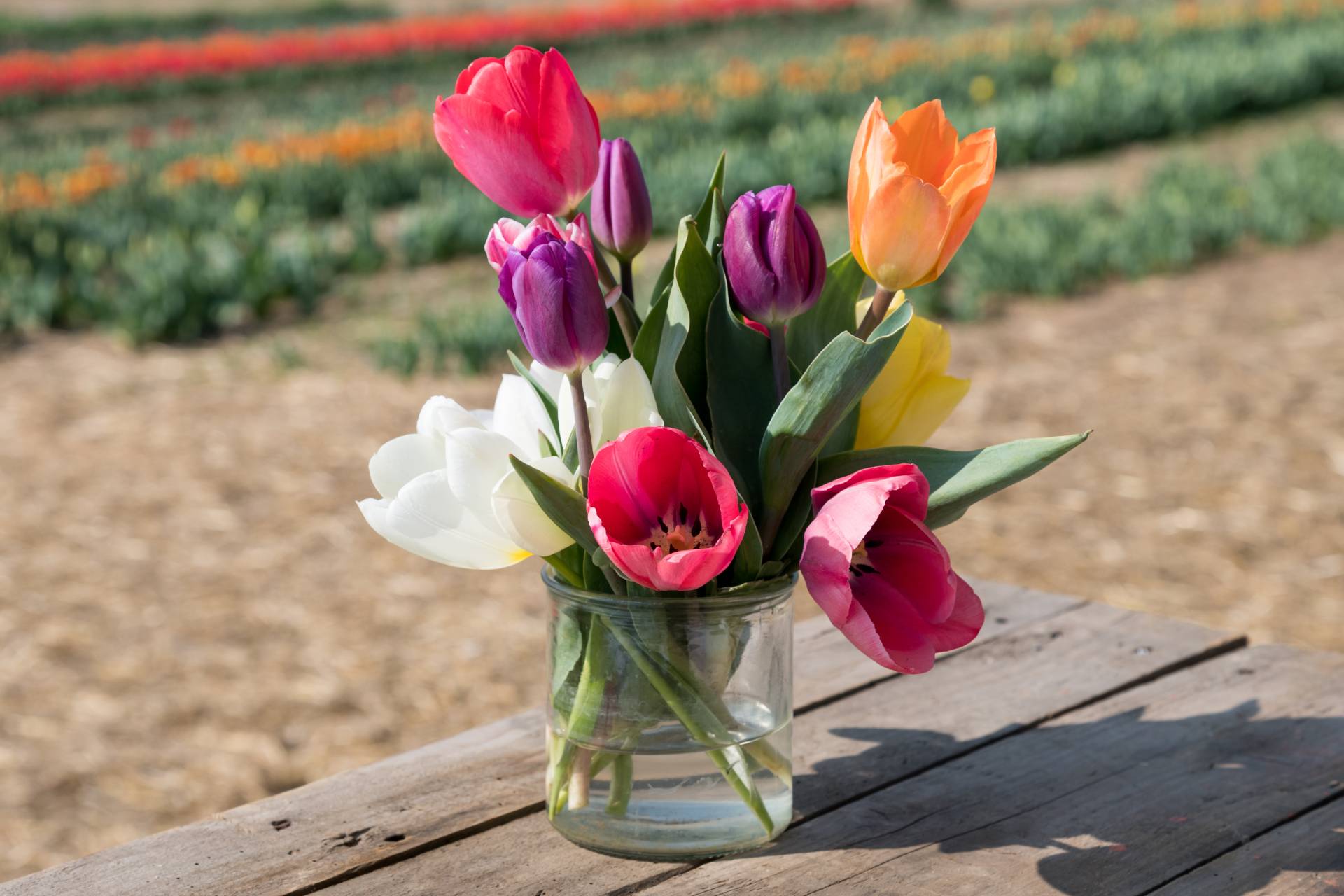In fact, sustainability is blooming in the floral industry. Sustainability in floristry is becoming a top priority thanks to our increased awareness of how the choices we make can affect an entire ecosystem. We can take a closer look at how the industry is working to be more environmentally friendly and what you, yourself, can do in your floral world.
Sustainable Sourcing:
Sustainable sourcing is one of the major steps towards eco-friendly floristry. This means the flowers can only be those that are locally grown and in season to minimize carbon emissions from shipping blooms worldwide.
Local sourcing helps regional farmers and guarantees the flowers are fresh, not traveled long ways so there is less requirement for preservatives.
Organic Farming Practices:
Sustainable floristry is also solid with organic farming. Organically grown flowers – those not treated with synthetic pesticides and fertilizers – are healthier for the environment, as well as for your customers.
Utilizing Organic practices protects the soil, promote biodiversity and protect water sources from harmful chemical applications.
Reducing Waste:
This is important as waste reduction in the floral industry plays a huge role to make it more sustainable. This reduces the consumption of non-recyclable materials like floral foam, plastic wraps and non-biodegradable ribbons.
No, florists are instead seeking nature as natural materials such twine and jute had been used along with biodegradable floral foam. Asking for customers to return vases and other containers that can then be reused also lessens the waste.
Eco-Friendly Packaging:
This is an important need of the floral industry and those interested will create a difference with ecofriendly packaging options. Flower shops will switch to recycled paper, cardboard and biodegradable materials for flower wrapping.
Minor changes like swapping out plastic bags for reusable tote or basket) can further reduce the environmental impact. We can motivate customers to bring their own containers for when buying flowers.
Sustainable Floristry Techniques:
Using a chicken wire or reusable metal grid as the base for your arrangement is one way to sub floral foam with some of these alternatives. Not only are these methods more environmentally friendly, but they also mean far greater design options in terms of both creativity and flexibility.
Natural elements like branches, leaves, and stones bring texture to arrangements while keeping things eco-friendly.
Composting and Recycling:
Composting is an excellent method for dealing with organic waste produced in the floral industry. This will create nutrient-rich soil good for planting other flowers in the future, so florists can compost their flower clippings, leaves and any other biodegradable materials when allowed. Recycling paper, plastic and glass materials additionally helps to reduce the waste that lands up in landfills.
Inspiring consumers to compost their outdated blossoms instead of discarding them is likewise playing a role in the circular economy.
Water Conservation:
Water is life, for everyone and everything, so please treasure it. Rainwater harvesting is also another practice that can be used for watering flowers, plants cutting down on water wastage. Use low-flow irrigation methods like drip system – As in the previous point, be more vigilant with your water usage by minimizing your hydro consumption so that you also do not forget to save water.
Making sure that flowers will be used with minimal water wastage, and educating the customers to care for their own blooms is also part of sustainability.
Supporting Fair Trade:
Follow fair trade practices to ensure that your flowers come from a safe work environment and the flower farmers are paid a living wage. Fair trade flowers support sustainable growing practices and the livelihoods of farming communities.
Consumers buying flowers can seek out fair trade certifications to assure they are making ethical decisions.
Educating Customers:
Providing education to your customers about the benefits of eco-friendly floristry and how they can help by purchasing their flowers from sustainable sources. By setting up workshops, utilizing social media and in-store displays for promotional purposes to express what sustainable practices are as well.
Since you all know that your choices are inching the industry towards eco-conscious practices, why not encourage a larger base by making these hikes look so sexy and easy as well?
Conclusion:
With all the benefits an ecofriendly approach offers, this transformation will be essential in preserving our planet and offering us a healthier future. The industrial processes are changing to fit more in the green ecosystem – sustainable sourcing, organic crop farming and minimizing waste stream and water conservation initiatives.
We can all play a part in consuming more ethically by advocating for these practices behind making informed decisions together as well. We can all enjoy the beauty of flowers and at the same time help our planet grow.




